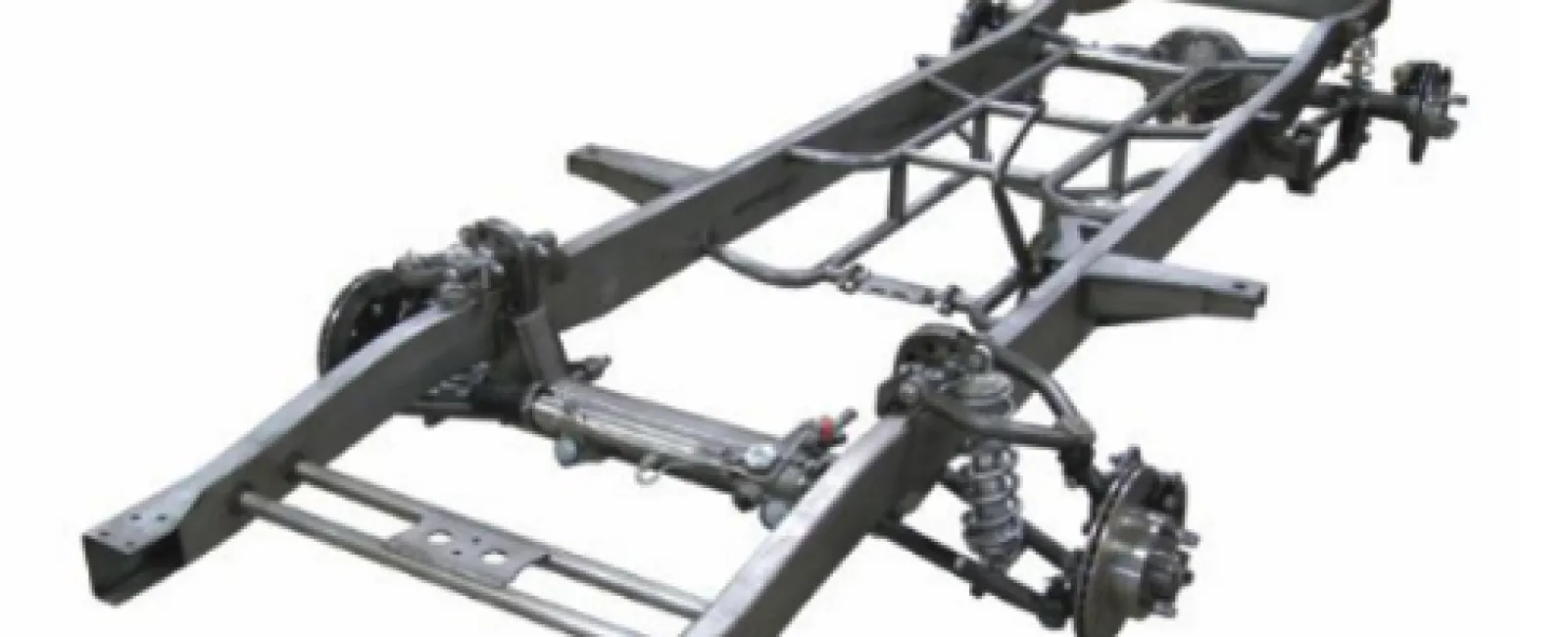If you've ever dealt with rust on your vehicle, you might wonder why automakers still use steel when it's so prone to corrosion. The answer lies in steel's unique balance of strength, affordability, and workability — qualities that make it hard to replace, despite its vulnerability to rust. Let's explore why steel remains a top choice for vehicle manufacturing and what's being done to mitigate its downsides.
The Strength of Steel
Steel is incredibly strong and durable, offering high impact resistance and structural integrity. This makes it ideal for critical components like the frame and body panels, where safety is a top priority. In the event of a collision, steel's strength can protect passengers better than many alternative materials.
Cost-Effectiveness and Availability
Compared to materials like aluminum or carbon fiber, steel is much more affordable and widely available. This helps keep vehicle production costs down, making cars more accessible to consumers. Its abundance and ease of recycling also contribute to its sustainability in manufacturing.
Malleability and Manufacturing Ease
Steel is highly malleable, meaning it can be shaped and molded without losing its strength. This makes it easier for manufacturers to create complex vehicle designs and integrate safety features. Its versatility allows for innovations in design while maintaining the robustness vehicles need.
The Best of Both Worlds
While materials science continues to evolve, steel remains a reliable foundation for vehicle construction. Its unmatched combination of strength, cost-efficiency, and workability keeps it at the forefront of automotive design. And with the right rust prevention strategies, drivers can enjoy the benefits of steel without succumbing to its weaknesses.
So next time you see rust forming on a vehicle, remember — it's not a design flaw, but a trade-off for the incredible advantages steel brings to the road. And with proper care and protection, your vehicle can stand strong for years to come.
Alternatives to Steel and Their Drawbacks
Aluminum: Lighter and naturally rust-resistant, aluminum is a popular choice for some vehicle parts. However, it's more expensive than steel and not as strong, which can compromise safety in high-impact collisions.
Carbon Fiber: Extremely lightweight and incredibly strong, carbon fiber is used in high-performance vehicles. But it's prohibitively expensive for mass production and difficult to repair if damaged.
Magnesium Alloys: These alloys are light and strong, but they're highly flammable and prone to corrosion themselves, making them unsuitable for many vehicle components.
Plastic Composites: While plastics are lightweight and immune to rust, they lack the structural strength needed for critical safety components like frames and crumple zones.
Titanium: Highly resistant to corrosion and very strong, titanium would make an excellent material for vehicles — if it weren't incredibly expensive and challenging to work with.
Each alternative has its advantages, but none offer the same well-rounded combination of affordability, strength, and ease of production as steel. That's why, for now, steel remains the backbone of vehicle manufacturing, supported by ongoing innovations in rust prevention and materials technology.
